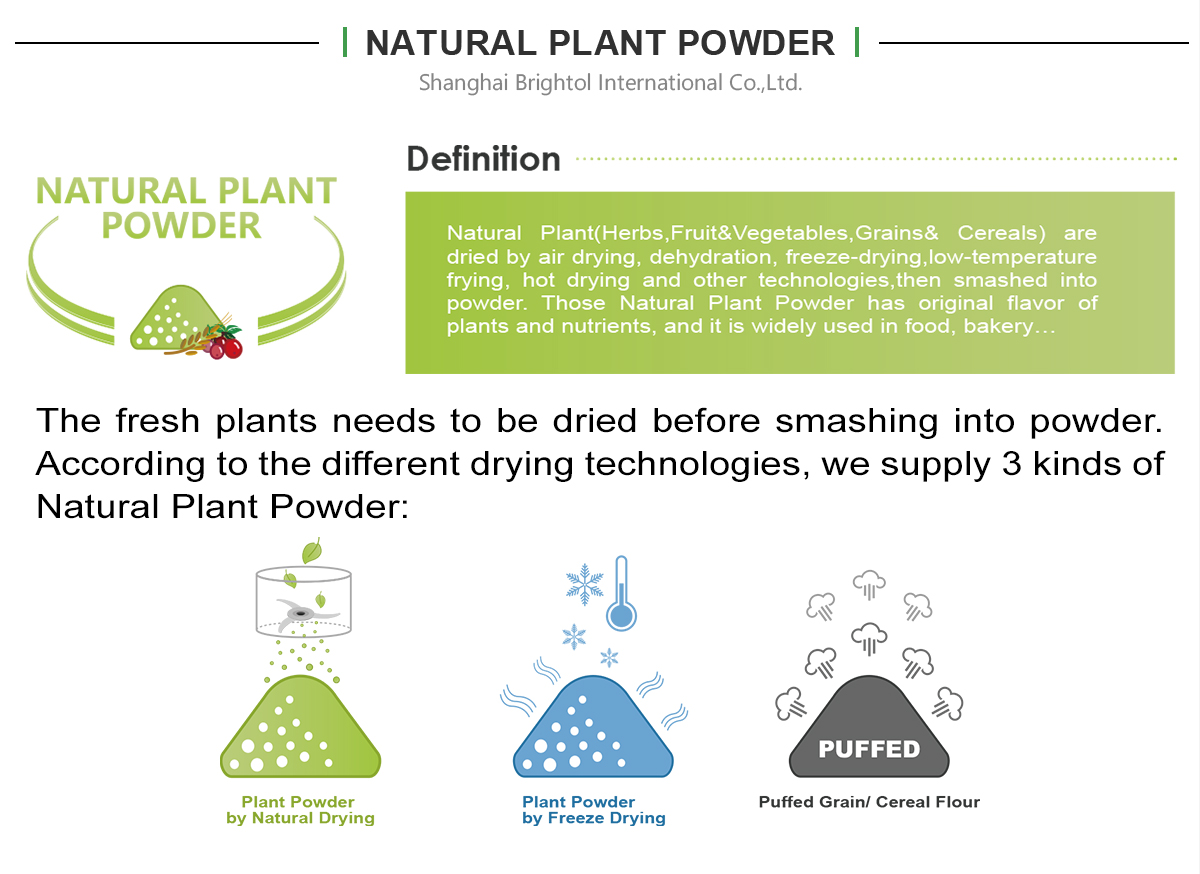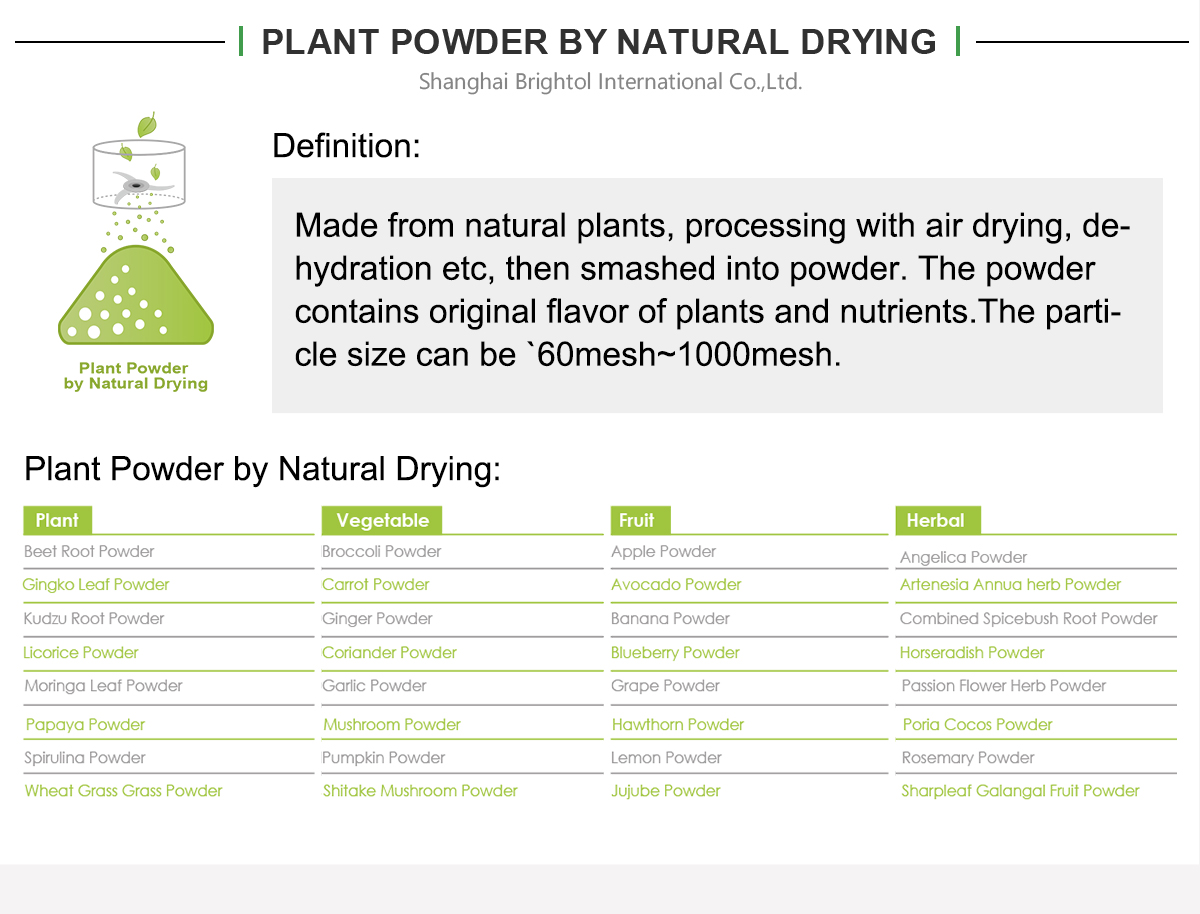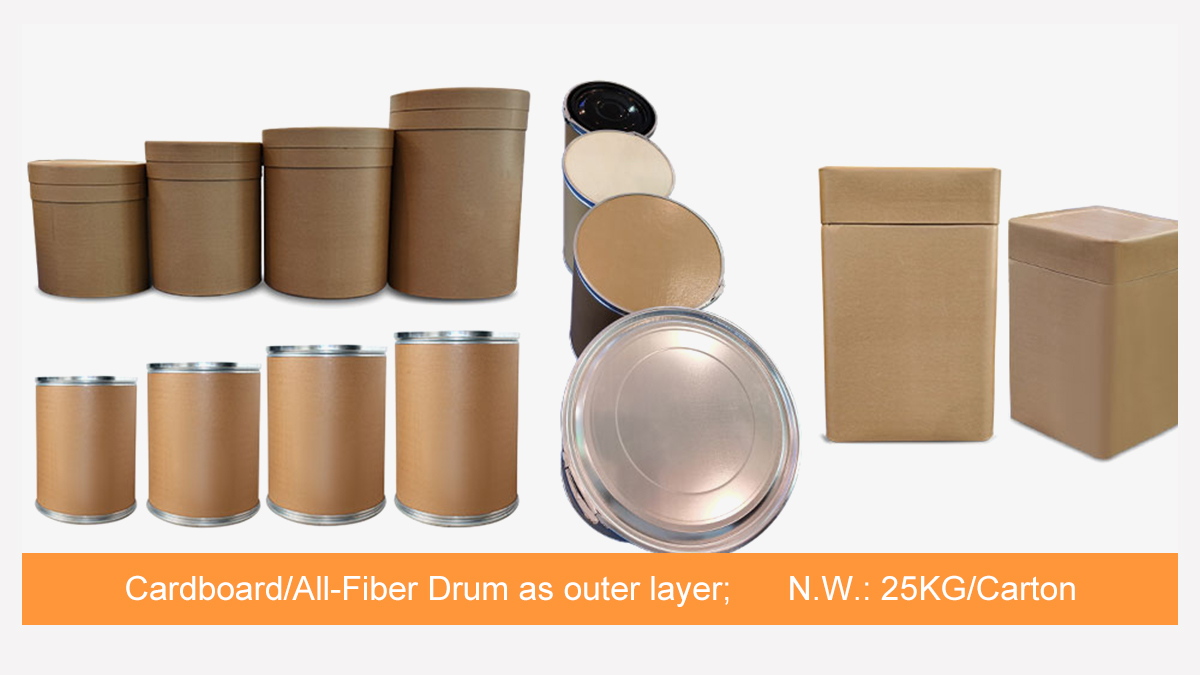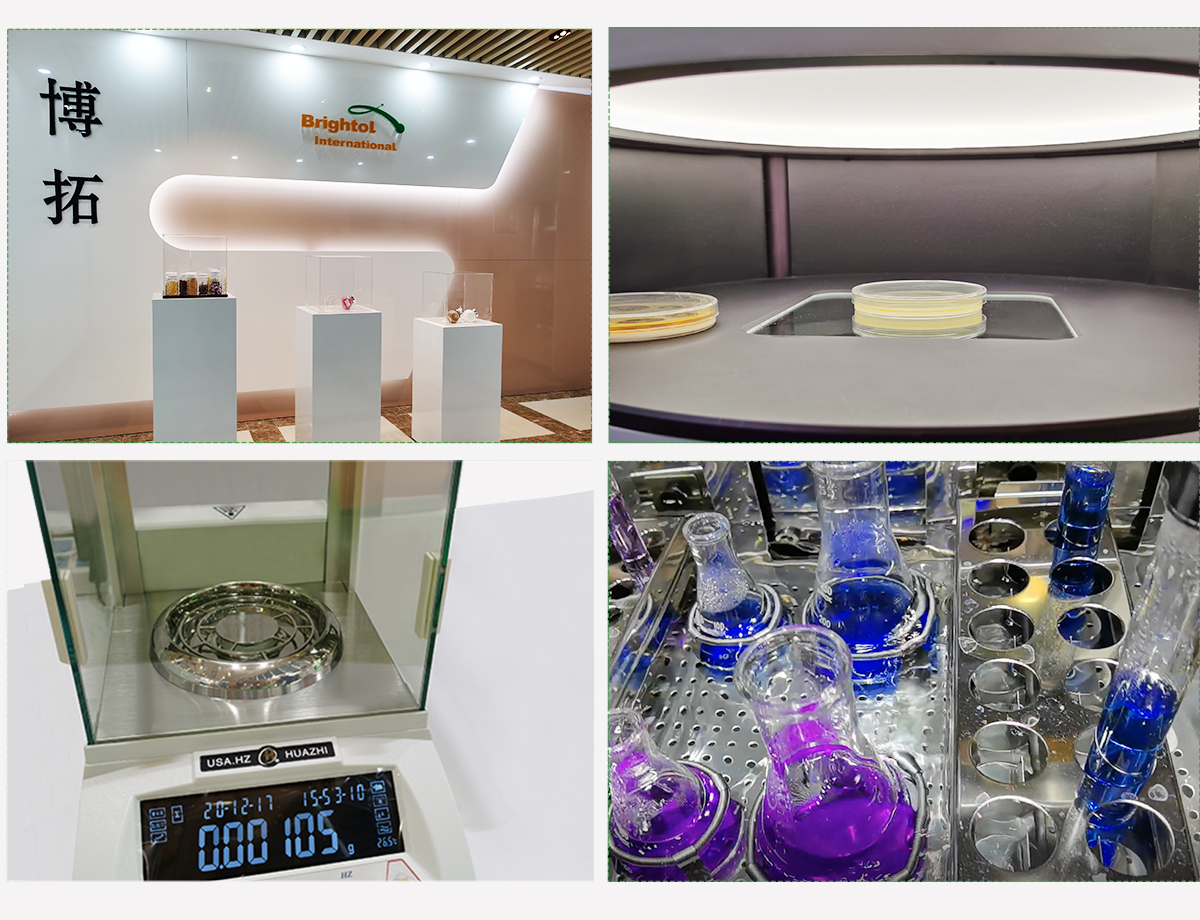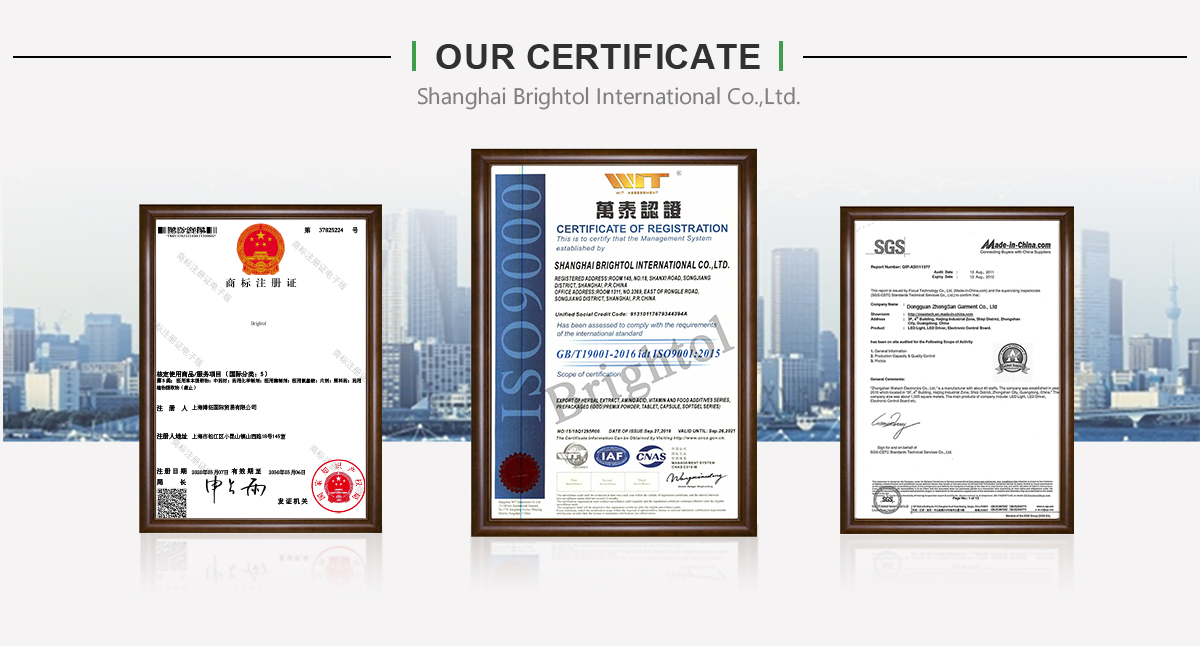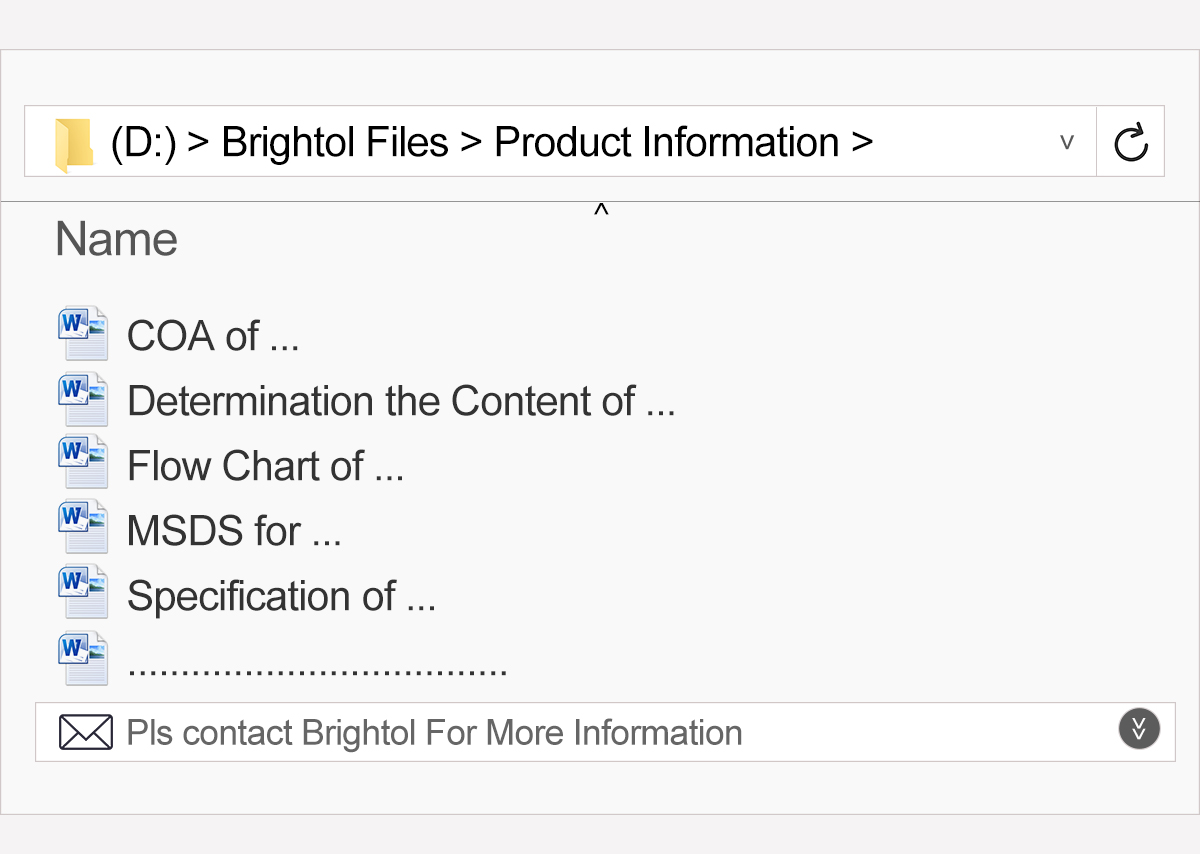

Benefits
1.With an ancient reputation, in Southeast Asia, it is popular as a fish killer. It has been used to eliminate the deadly piranha in Brazilian rivers. Today, derris root extract is used to kill predators like mudfish and gourami or trash fish in fish and prawn ponds.
2.The insecticidal properties of Derris roots were first discovered in 1848 and the plant was first used against the nutmeg caterpillar. Derris root powder was patented for use as an insecticide in England during the late 19th century. American farmers started using it in 1911. By 1940, the United States was importing 2,700 metric tons of Derris roots mainly from Southeast Asia to formulate pesticides. In 1975, it imported 1.7 million kilograms of Derris roots from South America and Africa. The market can only expand because of the escalating cost of synthetic pesticides and their ill-effects on the environment.Today, there are more than 50 Derris-based commercial pesticide formulations. Most of these are used to kill insects and unwanted fish......
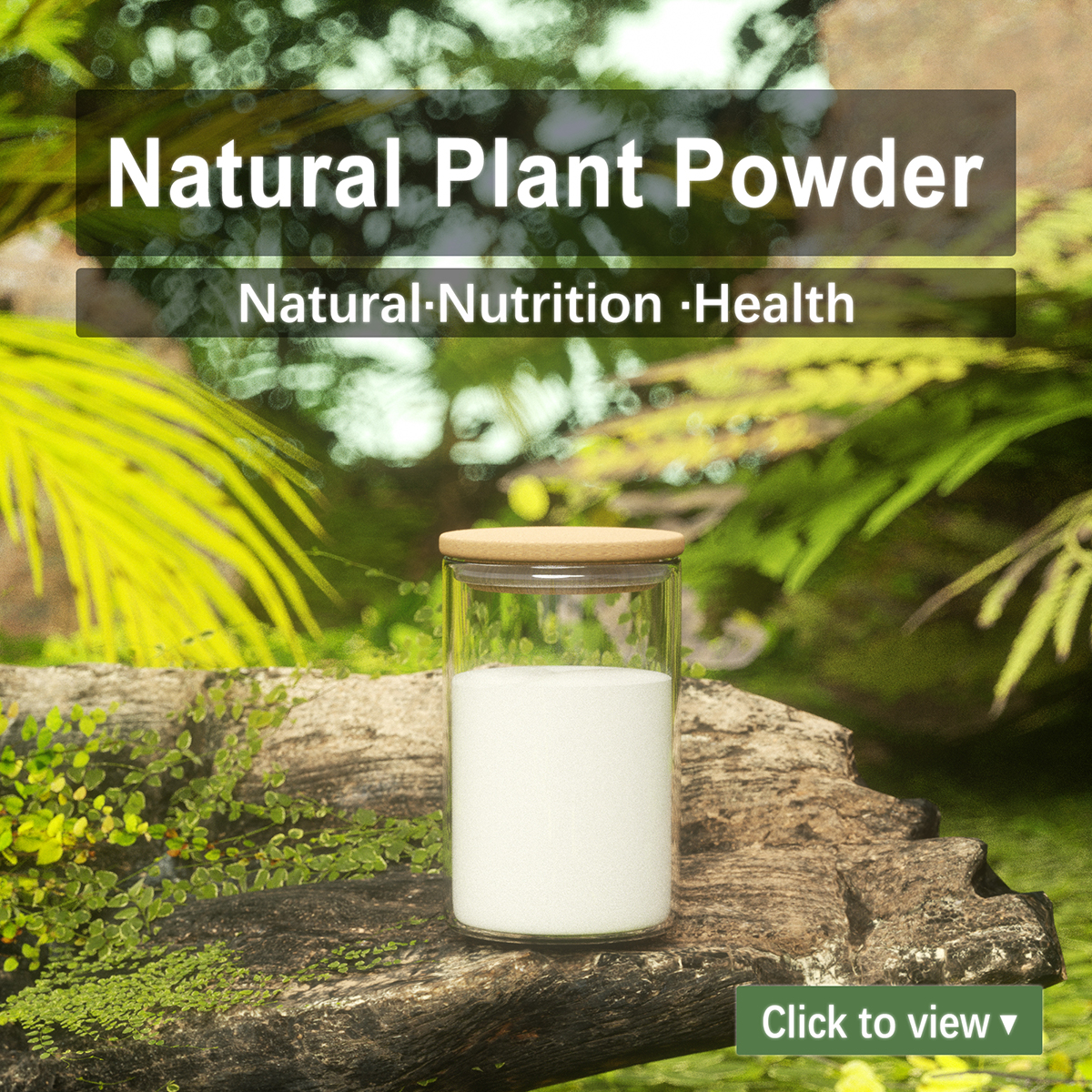

Description
Derris eliptica is a species of leguminous plant from Southeast Asia and the southwest Pacific islands, including New Guinea. The roots of D. elliptica contain rotenone, a strong insecticide and fish poison.
Also known as derris root powder and tuba root (in Indonesia),it was formerly used as an organic insecticide used to control pests on crops such as peas.
Benefits
1.With an ancient reputation, in Southeast Asia, it is popular as a fish killer. It has been used to eliminate the deadly piranha in Brazilian rivers. Today, derris root extract is used to kill predators like mudfish and gourami or trash fish in fish and prawn ponds.
2.The insecticidal properties of Derris roots were first discovered in 1848 and the plant was first used against the nutmeg caterpillar. Derris root powder was patented for use as an insecticide in England during the late 19th century. American farmers started using it in 1911. By 1940, the United States was importing 2,700 metric tons of Derris roots mainly from Southeast Asia to formulate pesticides. In 1975, it imported 1.7 million kilograms of Derris roots from South America and Africa. The market can only expand because of the escalating cost of synthetic pesticides and their ill-effects on the environment.Today, there are more than 50 Derris-based commercial pesticide formulations. Most of these are used to kill insects and unwanted fish.
3.Applied as a Derris Root powder or spray, Derris is toxic to a wide range of insect pests of human beings, domesticated animals, and agricultural crops.
It is very effective against aphids, beetles, borers, the diamondblack moth, fruitflies, thrips, cabbage worms, fleas, fleabeetles, lice, loopers, mites, mosquitoes, paylids, slugs, and others.
It is recommended for bush and vine crops, citrus, deciduous fruits, mushrooms, asparagus, beans, beets, corn, forage crops, peas, potato, radish, strawberry and other vegetables.
Derris is popular as an insecticide because it is safe to human while toxic to target pests. In fact, a farmer can spray Derris root extracts on a salad vegetable like cabbage today and sell the produce tomorrow without endangering the health of consumers.
4.Derris root extracts easily and rapidly detoxify in our gastric juices and when exposed to the environment. Its control action lasts for a week. Thus, it does not pollute the environment; nor does it accumulate in the food chain like the persistent synthetic insecticides.
5.Despite its widespread use for 140 years, reports of insect resistance or the development of immunity to Derris is rare. This is in stark contrast to the synthetic pyrethroids to which insects become resistant after only two to three seasons of continued use.A farmer can use Derris root extracts as dust or crude water extract without using costly or complicated extraction procedures.
